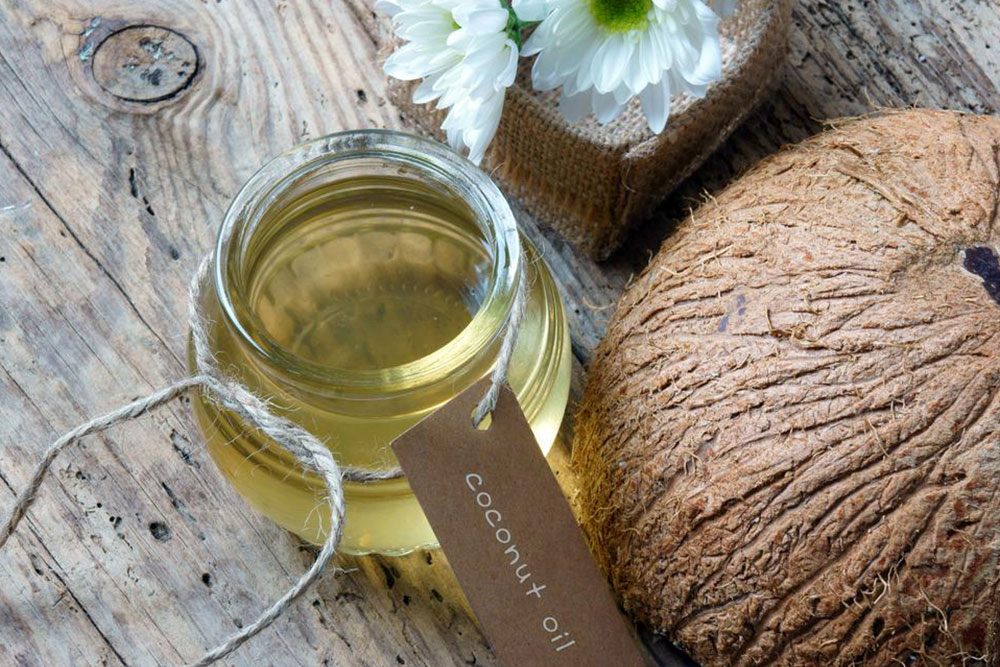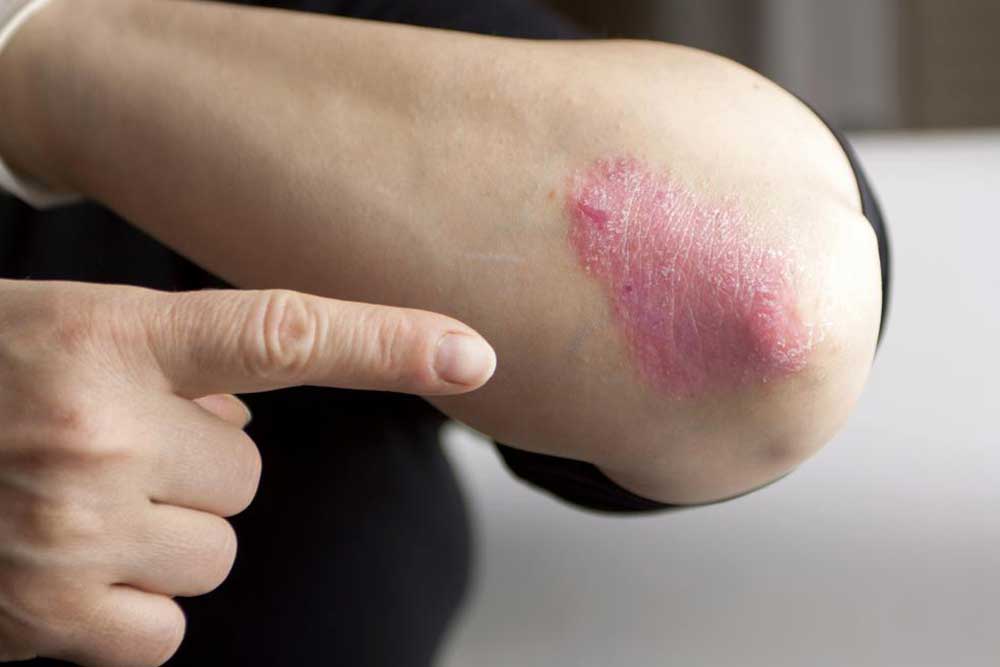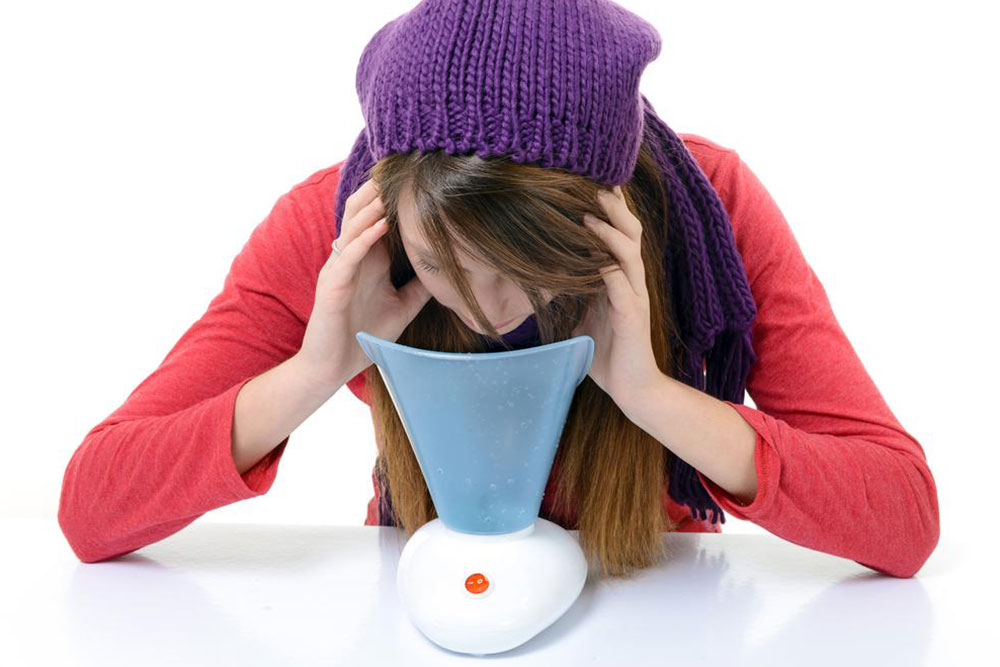Comprehensive Natural Approaches to Treat and Prevent Toenail Fungal Infections
Discover natural and effective strategies to treat and prevent toenail fungal infections. This comprehensive guide covers essential oils, baking soda, vinegar, mouthwash, and ozonated oils, alongside tips for early detection and prevention. Maintain foot hygiene and fight fungi naturally for healthier nails and improved foot health.

Holistic Home Remedies for Clearing Toenail Fungal Infections
Toenail fungal infections, medically known as onychomycosis, are a common concern affecting a significant portion of the population globally. This condition begins subtly with faint discolorations or white spots beneath the toenails, often progressing if left untreated into more severe issues involving discoloration, thickening, and disfigurement of the nails. The infection typically presents as yellowish or white patches under the nail plates, sometimes accompanied by a foul odor, nail brittleness, and discomfort. If not addressed promptly, the fungi can invade deeper layers, causing the nail to become distorted and painful, potentially spreading to adjacent nails and skin. This comprehensive guide delves into natural, effective home remedies that can help combat toenail fungus, promoting healthier nails and better foot hygiene.
Utilizing Essential Oils: Tea Tree and Eucalyptus for Antifungal Action
Natural essential oils, particularly tea tree and eucalyptus, are renowned for their potent antifungal and antimicrobial properties. These oils contain compounds that can inhibit fungal growth and promote healing of infected tissues. Their application is simple, cost-effective, and can be incorporated into daily foot care routines.
Apply diluted tea tree or eucalyptus oil directly to the affected toenails using a clean cotton ball. Be sure to use a dilution (such as a few drops of essential oil in a teaspoon of carrier oil) to prevent skin irritation.
Prepare a warm foot soak by adding a few drops of tea tree or eucalyptus oil to a basin of warm water. Soak your feet for 15-20 minutes—this not only helps deliver antifungal agents directly but also relaxes the muscles and improves circulation.
Gently massage the diluted essential oil onto the nails and surrounding skin before bedtime. Consistent nightly application enhances healing and hampers fungal proliferation.
Baking Soda: An Effective Natural Antifungal Solution
Baking soda, also known as sodium bicarbonate, is a versatile household product that offers natural antifungal and deodorizing benefits, making it ideal for managing toenail fungus. Its ability to neutralize pH levels discourages fungal growth and alleviates associated odor issues.
Create a thick paste by mixing baking soda with a small amount of water. Apply this paste directly onto the infected nails, ensuring full coverage especially over areas exhibiting discoloration or thickening.
Alternatively, add half a cup of baking soda to a warm foot soak, allowing your feet to soak for 15-20 minutes. This dual approach helps make the nails less hospitable to fungi and softens thickened tissue, making removal easier.
Vinegar: Harnessing Acetic Acid to Combat Fungal Infection
Vinegar, particularly apple cider or white vinegar, possesses natural antifungal properties due to its acetic acid content. Its acidic nature creates an inhospitable environment for fungi, aiding in the restoration of healthy nail growth and skin condition.
Prepare a soak using warm water with an equal amount of vinegar. Immerse your feet completely for 15-20 minutes, ensuring contact with infected areas.
For intensified effects, blend several drops of essential oils like tea tree or lavender into the vinegar solution, which also helps mask the vinegar’s scent and adds additional antifungal benefits.
Mouthwash: Unlikely Yet Effective Remedy for Toenail Fungal Infections
Many commercial mouthwashes contain active ingredients such as menthol, thymol, and eucalyptus oil, which exhibit antimicrobial and antifungal properties. Using mouthwash as a foot soak can be an innovative approach to fight fungi and maintain foot freshness.
Dilute mouthwash with an equal part of water in a basin large enough to accommodate your feet. Soak your toes for 10-15 minutes at a time, ensuring the infected nails are fully submerged.
This routine not only helps combat fungal infection but also reduces foot odor and promotes overall foot hygiene.
Ozonated Oils: Advanced Topical Treatment
Ozonated oils, such as olive or sunflower oil infused with ozone, have gained popularity for their enhanced antifungal and antibacterial properties. The ozonation process boosts the oil’s ability to penetrate deeply into tissues, accelerating healing and infection control.
Applying ozonated oils directly to the affected nails and surrounding skin twice a day can support the eradication of fungi and foster healthy tissue regeneration. This option is especially advantageous for stubborn, resistant infections.
Implementing these remedies consistently—two to three times weekly—can significantly improve outcomes. It’s crucial to dry feet thoroughly after any soak or treatment to prevent additional moisture that encourages fungal growth. For severe or persistent infections, seeking professional medical advice ensures accurate diagnosis and targeted treatment, including prescription antifungal medications if necessary.
Identifying the Symptoms of Toenail Fungus
Changes in nail color, commonly yellow, brown, or white discolouration
Loss of natural nail shine and clarity
Thickening or lifting of the nail from the nail bed
Brittle, cracked, or crumbling nails
Distinct foul odor emanating from infected nails
Discomfort, soreness, or pain in toes
Separation of the nail from the nail bed, creating space and potential for further infection
Early detection and prompt intervention are essential in managing toenail fungus, preventing its spread, and avoiding more aggressive treatments. Regularly inspecting your toenails for these signs and maintaining excellent foot hygiene can make a significant difference in health outcomes.
Prevention Strategies to Avoid Toenail Fungus Recurrence
Wash your feet thoroughly after outdoor activities, especially in public places like gyms, pools, and showers.
Ensure your feet are completely dry before putting on shoes and socks, as fungi thrive in moist environments.
Opt for breathable footwear made from natural materials and change socks regularly to maintain dryness.
Avoid keeping wet shoes or socks on for extended periods; dry and disinfect shoes regularly.
Disinfect and sterilize nail care tools before each use to prevent cross-contamination.
Soak your feet periodically in baking soda or vinegar solutions to maintain an antifungal environment.
Allow nails to breathe by minimizing the use of nail polish and artificial nails, which can trap moisture.
Limit or professionalize manicures and pedicures, ensuring tools are properly sterilized.
Avoid walking barefoot in public showers, locker rooms, and wet communal areas.
Reduce activities that cause excessive sweating, such as intensive workouts or wearing non-breathable footwear.
Practice barefoot walking indoors when safe to improve foot aeration and reduce fungal proliferation.
Despite best efforts, toenail fungus can be stubborn and may cause long-term damage if not adequately treated. Consistent application of natural remedies combined with strict foot hygiene practices offers a sustainable way to prevent and manage fungal infections effectively, promoting healthier and more resilient nails over time.




